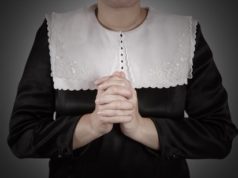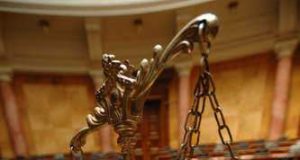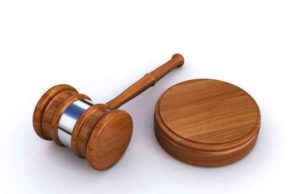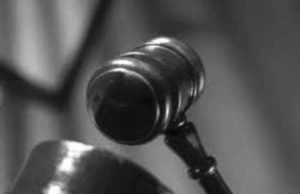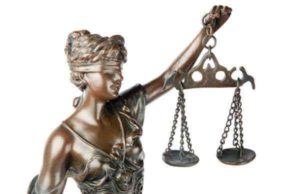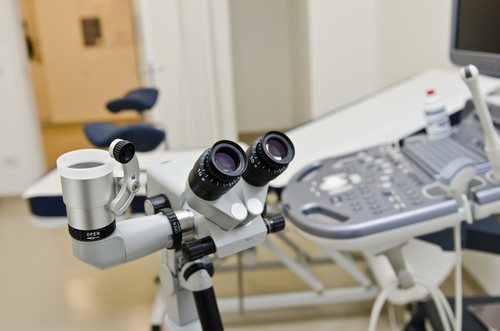
Introduction
The Supreme Court has ruled on its first case this October, and it concerns the rights of anti-abortion protesters. The case, Lefemine v. Wideman, revolves around a Christian activist group that displayed graphic images of aborted fetuses during their protests. The ruling has significant implications for free speech and the abortion debate.
The Case
The case centers around Steve Lefemine, a member of a Christian activist group that protests against abortion. Lefemine and his group frequently display graphic images of aborted fetuses during their protests in South Carolina, which has led to disciplinary action from local law enforcement.
Lefemine sued the officials, arguing that their actions violated his First Amendment right to free speech. The case made its way to the Supreme Court, which ultimately sided with Lefemine in a 9-0 decision.
The Ruling
The Supreme Court’s ruling in Lefemine v. Wideman was a victory for free speech advocates, and it has important implications for future anti-abortion protests. The Court held that local officials violated Lefemine’s First Amendment rights by using South Carolina’s disturbing the peace law to shut down his protests.
The decision means that anti-abortion protesters cannot be silenced simply because their message is controversial or offensive. It is a significant win for those who believe in the importance of free speech, regardless of the topic.
The Implications
The Supreme Court’s ruling in Lefemine v. Wideman will likely have far-reaching implications for future anti-abortion protests. It means that protesters can continue to display graphic images of aborted fetuses without fear of legal repercussions.
However, the ruling also raises questions about the limits of free speech. While the First Amendment protects speech, it does not protect all forms of expression. Some may argue that graphic images of aborted fetuses are too extreme and should not be allowed in public spaces.
Conclusion
The Supreme Court’s ruling in Lefemine v. Wideman is a significant victory for free speech advocates and anti-abortion protesters. While it raises questions about the limits of free speech, it also reinforces the importance of allowing controversial and offensive speech in public spaces.
The ruling sets an important precedent for future cases involving anti-abortion protests and free speech. It is a reminder that even in the midst of a heated political debate, the rights of individuals to express their opinions must be protected.
The first case to be ruled on in the new Supreme Court session this October was Lefemine v. Wideman. The case involves a Christian activist group that is involved in anti-abortion protests. Lefemine, as a member of this group, displayed graphic posters featuring images of aborted fetuses while protesting abortions in South Carolina.
In 2005, the group, Columbia Christians for Life, was protesting at a major intersection. Local residents were angered by the graphic displays, and called the police department to complain. Greenwood County police arrived on the scene and asked the protesters to remove the signs or be cited. Because the protesters did not want to risk getting a ticket, they peacefully disbanded the protest.
After Lefemine complained to the police department, he was told that if he continued to demonstrate with the signs, they would continue to interrupt demonstrations and potentially ticket protesters. As a result, Leftemine sued the police department for violating his First Amendment rights.
Both the district and appeals court held that Lefemine’s rights had indeed been violated by the police department, and gave the requested injunction against the police department. The Supreme Court case involved one major detail that had been left unresolved: attorney’s fees.
While the Fourth Circuit Court of Appeals did decide the case in Lefemine’s favor, they stopped short of allowing him to collect attorney fees from the police department. Lefemine appealed the case to the Supreme Court of the United States, asking for the fees to be paid.
The court traditionally awards attorney’s fees when someone has prevailed in a case. However, both the district and circuit courts hearing the case considered Lefemine not to have “prevailed” because he was awarded only an injunction against future illegal behavior, rather than any damages.
The Supreme Court disagreed with the appeals court’s assessment of this situation, ruling that in a lawsuit, a party prevails when their relative positions change because of the resolution to the lawsuit. Because Lefemine had already been told by the police department that they would cite him for breach of the peace for his signage if he continued to use it, and because after the injunction this would no longer occur, Lefemine had prevailed.
The Supreme Court reversed the decision made regarding attorney fees in the case. However, they also noted that the law makes an exception on the attorney fees rule for cases in which “special circumstances would render such an award unjust.” Neither the police department’s attorneys nor Lefemine’s had made note of any such circumstances in their petition to the Court, so this decision was sent back to the Fourth Circuit Court of Appeals to make a ruling on.
This case has relevance not only to anti-abortion protesters but also to any demonstrators seeking attorney fees for their lawsuits. The ruling may make it significantly easier for groups to sue when they believe their right to assemble or protest has been violated by law enforcement.
Source: supremecourt.gov











